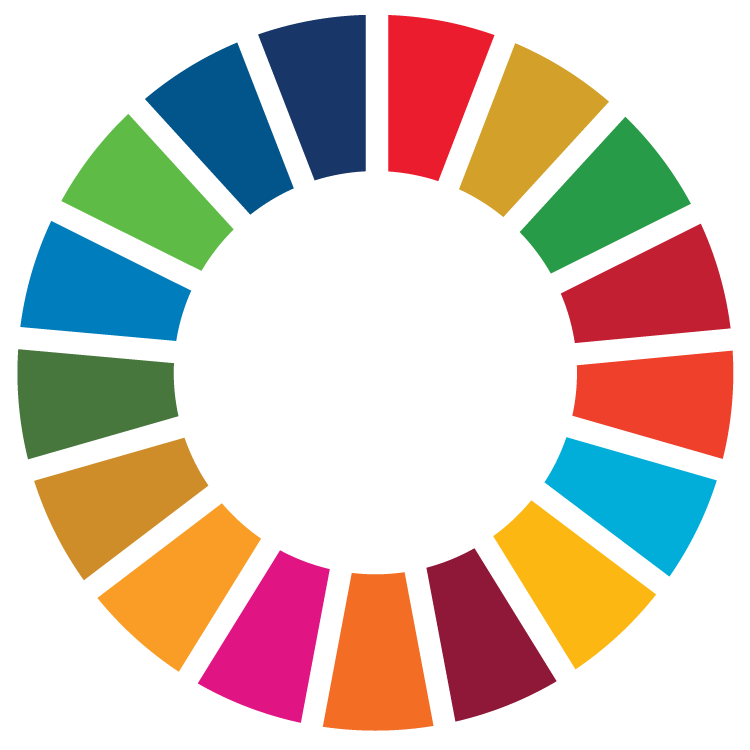Tanzania’s Kigoma region hosts a population of approximately 2.4 million and over 190,000 refugees from neighbouring countries, the majority of whom live in the refugee camps of Nduta and Nyarugusu. • These settlements, which were rapidly established in response to critical humanitarian needs, are located in areas where the surrounding ecosystems are being degraded. • A new initiative is set to be a flagship approach on the practice of using nature-based solutions as a holistic strategy to adapt to climate change - technically referred to as ecosystem-based adaptation - especially in landscapes hosting displaced populations. • Climate-resilient land use planning, forestry, agriculture, water use efficiency, flood and soil erosion control and policy interventions will be implemented in an integrated landscape approach.
United Nations Environment Programme
- Who we are
- Where we work
-
What we do
- Air quality
- Biosafety
- Cities
- Digital Transformations
- Disasters and conflicts
- Energy
- Environment under review
- Environmental law and governance
- Extractives
- Food Systems
- Forests
- Fresh Water
- Gender
- Green economy
- Ocean, seas and coasts
- Resource efficiency
- Sustainable Development Goals
- Transport
- Youth, education and environment
- Publications & data


